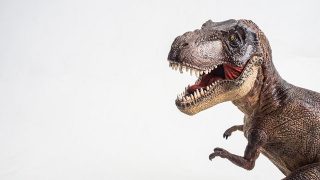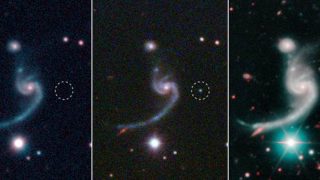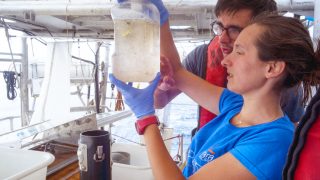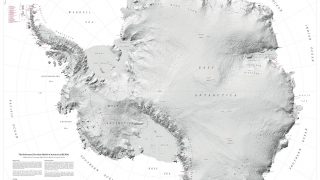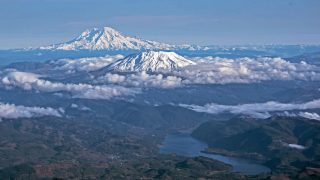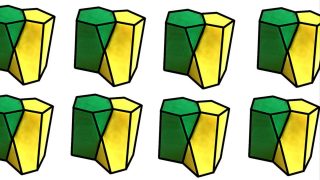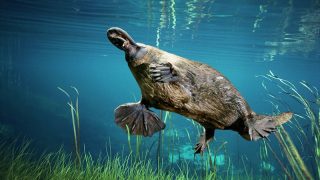
MI weekly selection #304
A plan to decode every complex species on Earth The Earth BioGenome Project aims to sequence 1.5 million genomes. Nature News Rainy, green Arabia may have greeted hominids at least 300K years ago Stone tools and animal fossils found in Saudi Arabia that date back between 300,000 and 500,000 years ago hint that hominids travelled […]

